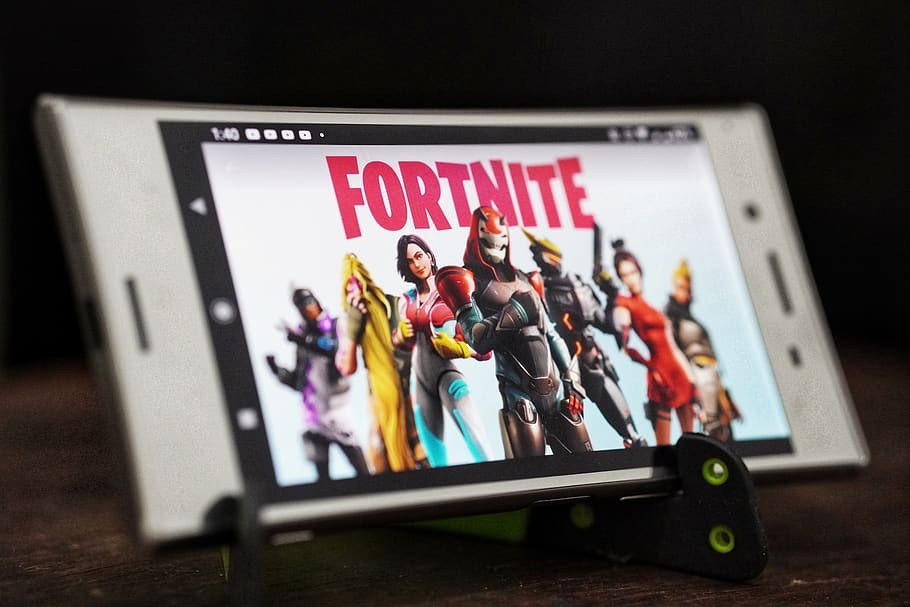Unraveling the Fascinating Journey of Mobile Games
Mobile games have become a global phenomenon, engaging millions of people around the world daily. From simple games like 'Snake' on the early Nokia phones to complex, graphically rich games like 'PUBG Mobile', the evolution of mobile gaming is truly intriguing. This evolution is not just about the complexity and graphics of the games but also about how they have changed our social interactions and the way we consume entertainment. This article will delve into this captivating journey of mobile games, tracing their evolution and understanding their impact on our lives.
The Dawn of Mobile Gaming
In the beginning, mobile games were simple, monochromatic, and had basic gameplay. The first mobile game, 'Tetris,' was released in 1994 on Hagenuk MT-2000 devices. However, it was the game 'Snake' on Nokia 6110 in 1997 that popularized mobile gaming. However, they laid the foundation for the future of mobile gaming. They proved that games could be played on mobile devices, paving the way for more innovative and complex games.
The Era of Java Games
.jpg)
The mobile gaming industry saw significant changes with the advent of Java 2 Micro Edition (J2ME) in the early 2000s. It opened up a whole new world of possibilities for game developers. Games became more complex and visually appealing. This period saw the release of many popular games such as 'Space Invaders', 'Pac-Man', and 'The Sims'. These games had to be downloaded onto the device, and this was the first instance of mobile games being used as a method of revenue generation. Despite the limitations of device capabilities and internet speeds, these games managed to engage users and increased the popularity of mobile gaming.
Smartphones and App Stores: A Game Changer
The launch of smartphones and app stores revolutionized the mobile gaming industry. The introduction of Apple's App Store in 2008 and Android's Google Play Store in 2009 made it easier for developers to create and distribute games. Furthermore, smartphones offered advanced processing power and graphics capabilities, allowing for more complex and visually stunning games. This era saw the birth of games like 'Angry Birds', 'Candy Crush Saga', and 'Temple Run', which became cultural phenomena. The freemium model, where games are free to download but offer in-app purchases, became popular during this period.
The Rise of Social and Multiplayer Mobile Games

The integration of social media and the development of multiplayer capabilities have played a crucial role in the evolution of mobile games. Games like 'Words With Friends' and 'Clash of Clans' leveraged social interactions to enhance the gaming experience. They allowed players to compete with friends and other players around the world, making gaming more engaging and interactive. The rise of multiplayer games also led to the emergence of mobile esports, where players compete in tournaments for cash prizes. This has further spurred the growth of the mobile gaming industry.
Current Trends and the Future of Mobile Gaming
The mobile gaming industry continues to evolve at a rapid pace. Augmented reality (AR) and virtual reality (VR) games like 'Pokemon Go' and 'Minecraft Earth' are blurring the lines between the virtual and real worlds. The introduction of game streaming services like Google Stadia and Apple Arcade is changing the way we access and play games. The future of mobile gaming promises more immersive and interactive experiences. With the advent of 5G technology, cloud gaming, and advancements in AI, the possibilities for the future of mobile gaming are boundless. In conclusion, the journey of mobile games from simple time-fillers to sophisticated forms of entertainment reflects the technological advancements and changing consumer behaviors. As technology continues to evolve, it will be fascinating to see what the future holds for mobile gaming.


0 Comments
Your comment is awaiting moderation. We save your draft here